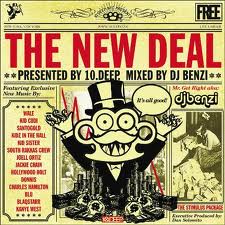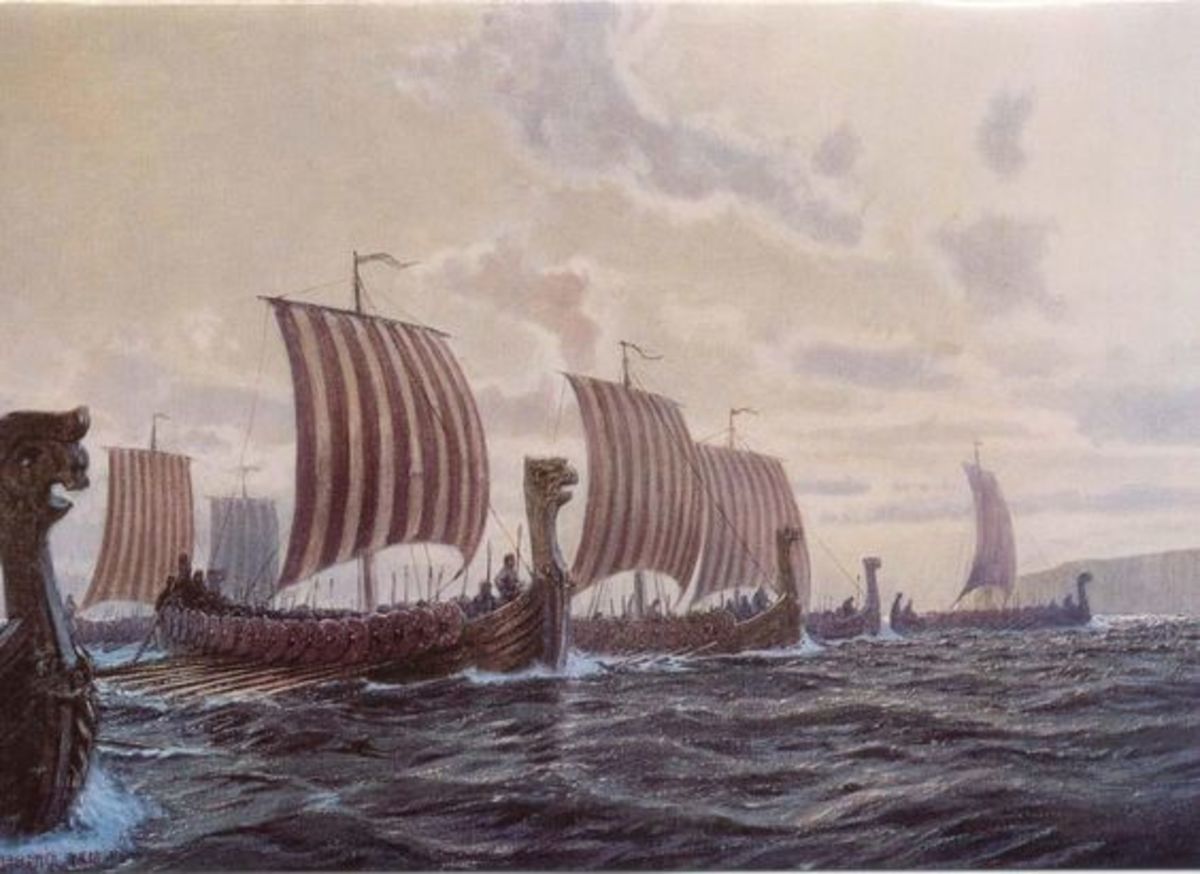The Restrictions Of The New Deal

The New Deal was proposed by Theodore Roosevelt after he won the Presidential Election from President Hoover. Although Hoover had made many strides to help America, his help was more focused on seeing a healthy business sector. This focus meant that a lot of the help was to business owners and corporations. This is a good example of the trickle down method we used today, it doesn't work now wither.
The crash of 1929 was a wake- up call for many Americans who had become rich from speculation and the new savings with the 1920’s legislature. All the changes done in the Progressive Era were replaced with business deduction and deregulations that caused the crash in the late 1920’s. Disparity between the classes became more pronounced and the have-nots had less than ever before.
The capitalist economy that the `1920’s strived for would not work without purchasing power. Since at one point over a quarter of the working class population was out of work and after the crash, credit was restricted heavily, there was no money to consume anything and the economy fell. Millions of Americans lost all of their live savings in the crash and the years immediately following. Americans were found without homes, jobs or even food to feed their families. At the time, federal governments did not see helping the poor as a way to help the economy, however FDR knew that more needed to be done. He won the election on his ideals to boost the economy and to help the poor get back on their feet.
Although it is true that The New Deal created jobs for many through infrastructure, roads and preservation efforts, many people were still without jobs. African Americans had a double rate of unemployment, as opposed to the white population, reaching upwards of almost half in 1933. Mexican immigrants were losing jobs in the farming fields that were predominately were their exclusive jobs, were now being taken by white Americans, leaving immigrants with little availability to a job. These minorities were hit hardest by the Depression and the New Deal did nothing to ease their suffering.
Social Security was another method that was used to help some of the hardest hit Americans, those that were old and unable to work. This was proposed by a doctor who seen his patients indigent and unable to work because of failing health. Their families would have been able to take care of them if the economy was fine, however when their sons and daughters couldn’t find enough work to feed their own families, many elderly were left to starve or find their own way.
Farm Credit Act was signed to help farmers that were unable to stay afloat due to over-production and were then able to receive loans from the government to buy high-priced machinery to help production. However these types of loans were given to the largest farmer’s and started their won issues with the Dust Bowl. The over use of machinery while farming, stripped the lands of the crucial inches of top soil and large dust storms plagued a large part of the nation for years. When this was realized, the President then paid farmers subsidiaries to lower production and use more sustainable methods of farming. This was meant to do double duty, first to lower production to raise the rate of food and also to curb the dust storms that were finding their way to the heavily populated East Coast.
The Emergency Banking Act and the start of The SEC, Security and Exchange Commission were designed to renew faith in the banking system that had caused the crash. As so many lost their life savings in the weeks and months following the Crash, FDR closed the banks for a week and passed the Emergency Banking Act. Many were desperate to retrieve their money and FDR knew that to get the economy going, he needed the banks to release and loan money. For the banks that were running well, he then insured the depositor’s up to 2500 dollars. The SEC was put into place to guarantee that there was more control on all publically traded companies. This did not regulate the wages paid to employees, nor guarantee proper working conditions. It did however help wealthier Americans to re-invest and stipulate once again. The Securities Act made all publically traded companies give full-disclosure of their accounting and financial records, however they could still be manipulated as seen years later in the next stock market crash.
The Home Owners Loan Act was put into place to help protect home owners from losing their homes to foreclosure. This however was not retroactive and the many who were already in foreclosure did not find relief. Many Americans lost their jobs and homes in the years before FDR took office, so they were not eligible for the new laws taking affect.
As welfare came into play, federal funded programs helped many Americans. However less help was given to minorities and immigrants, if they were even eligible at all. Funding was also insufficient to feed many Americans and was not always given as cash. Programs through the Red Cross were designed to give money for food, but also to give people seeds to grow their own food. As the seeds would help, many foods took 2 to 3 months before any food was provided or till date of maturity.
So The New Deal changed the way people looked at the Federal Government. Not only was it there to help regulate or deregulate big business, but it became the welfare and social programs that many Americans depend on now. And as before in the thirty’s, many will claim that what they do, is still not enough. Maybe the Federal Government should not be the welfare providers, maybe the problem with the economy stems from Big Business and the small percentage holding the wealth. The economy will always be this way until we regulate these small groups or change the way the economy runs, via change in consumer debt and need for consumerism to keep it going.








